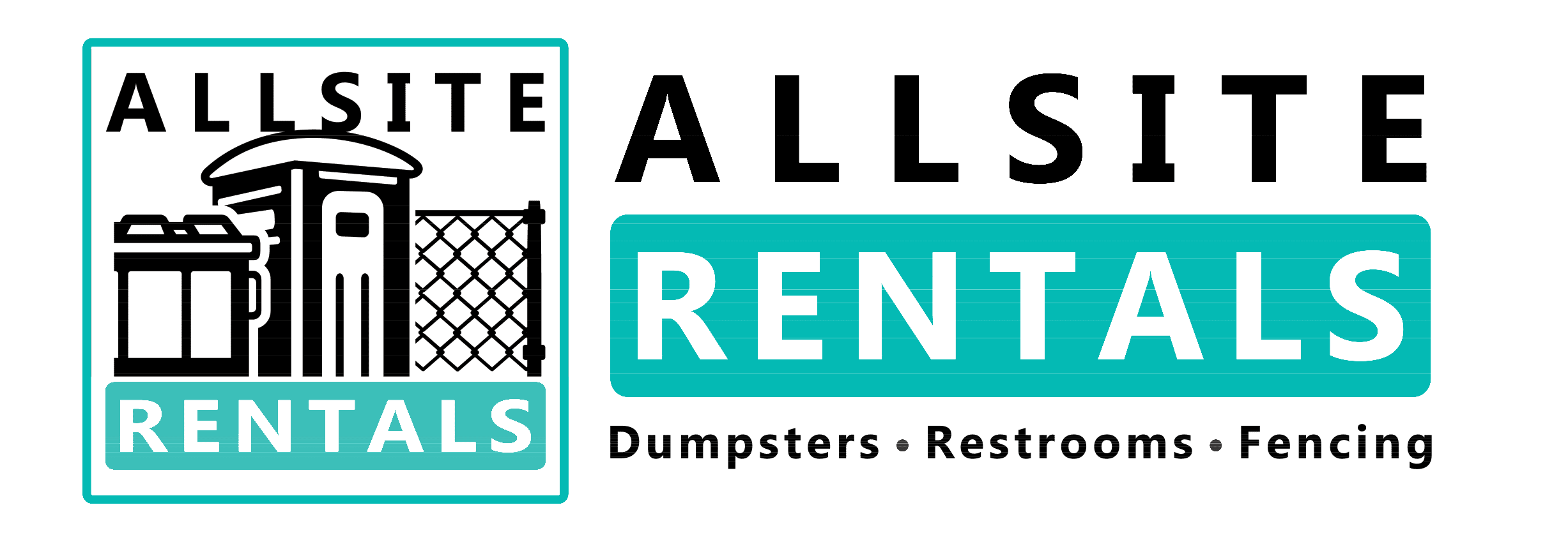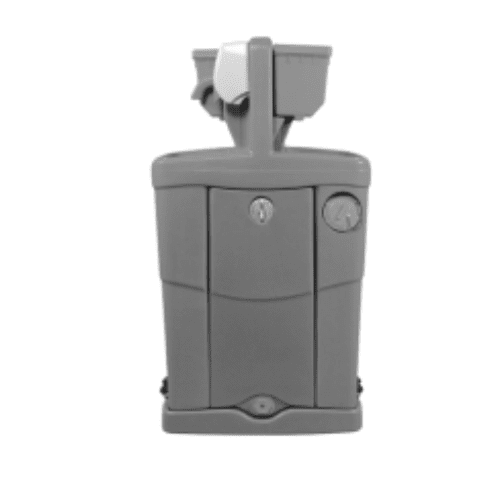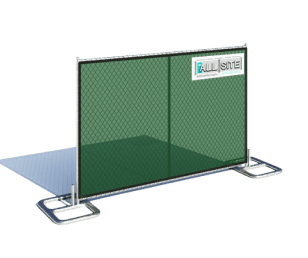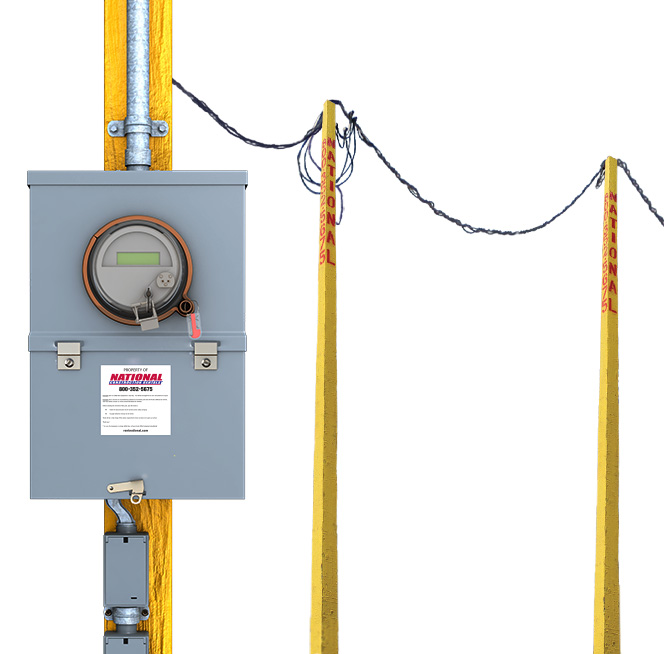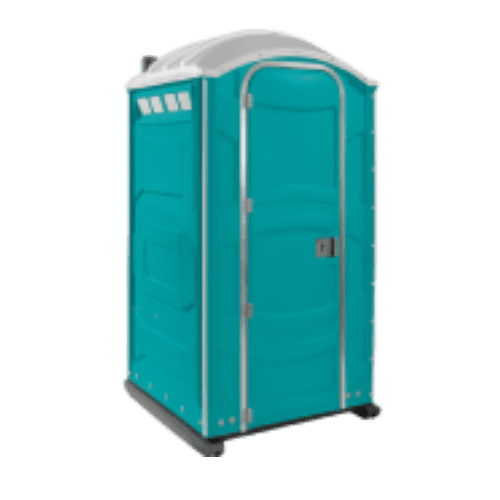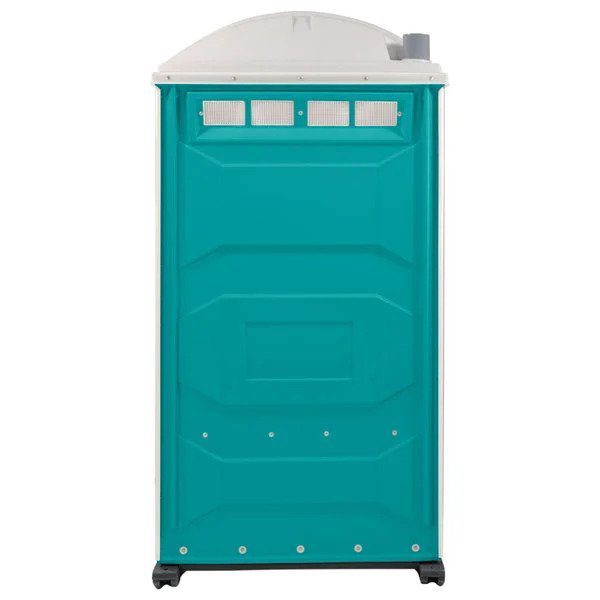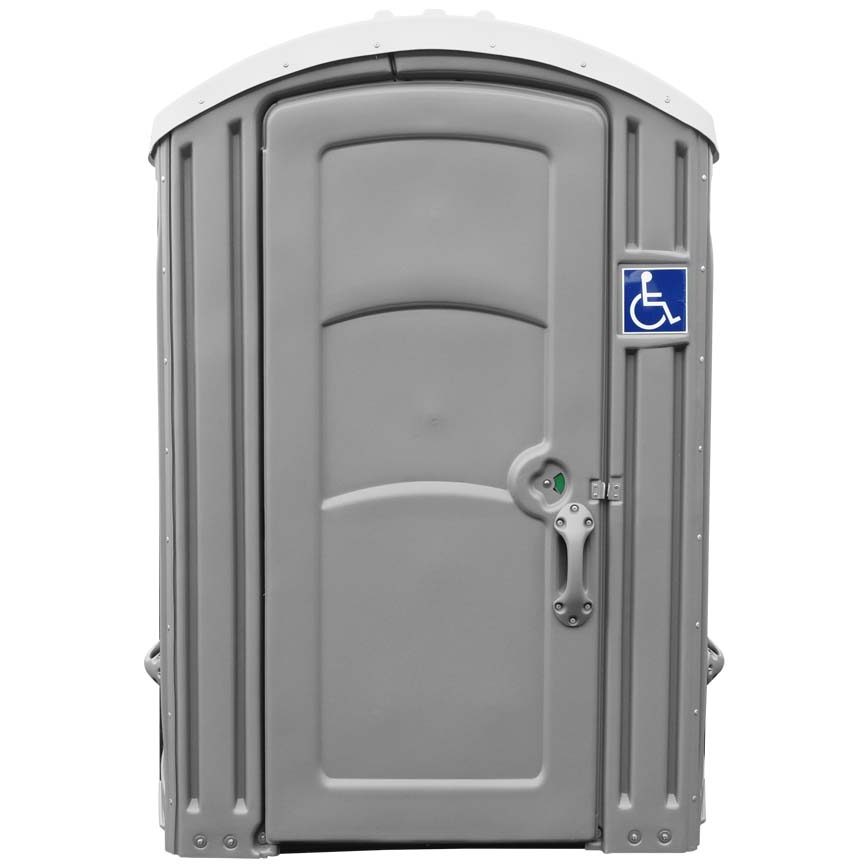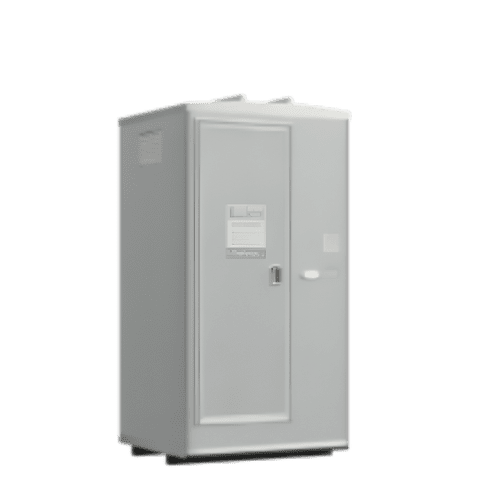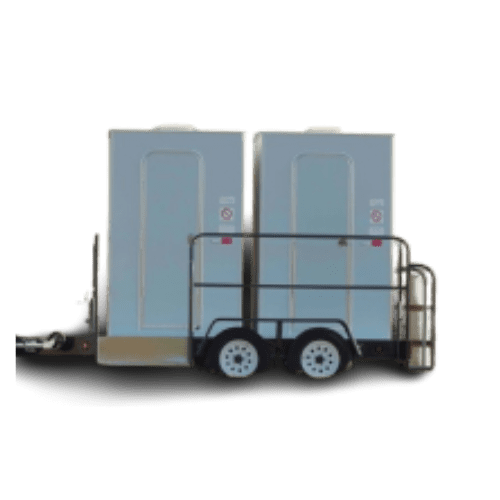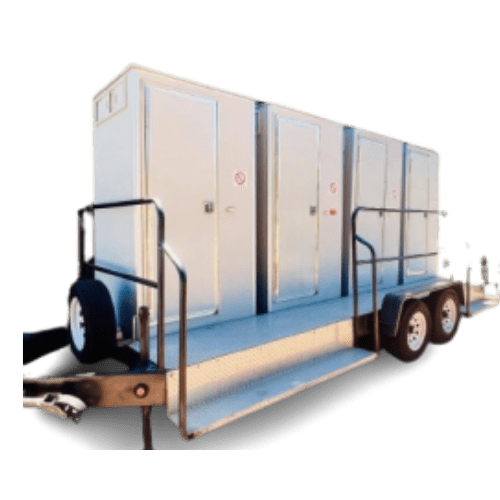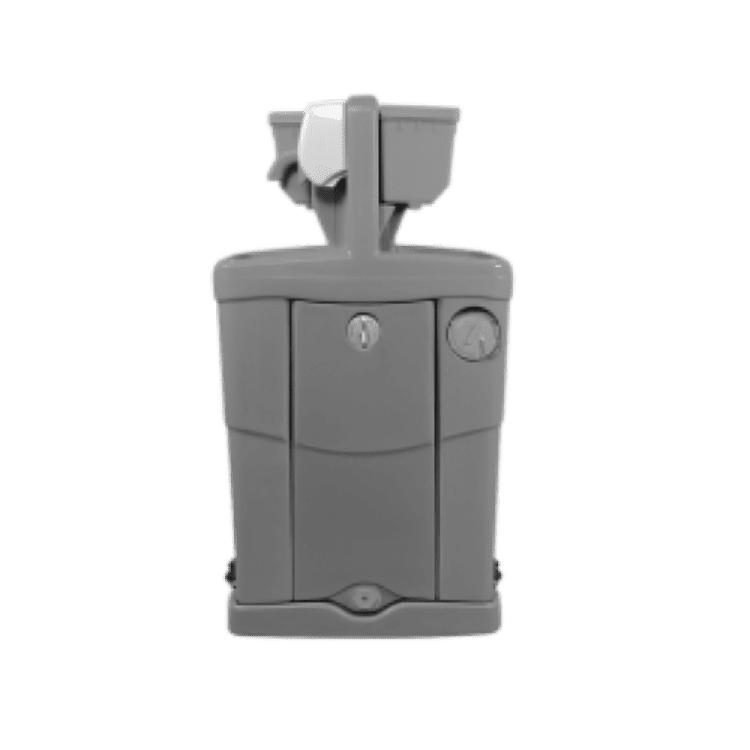Guide to ADA Portable Toilets | Size, Features & Placement
Guide to ADA Portable Toilets | Size, Features & Placement
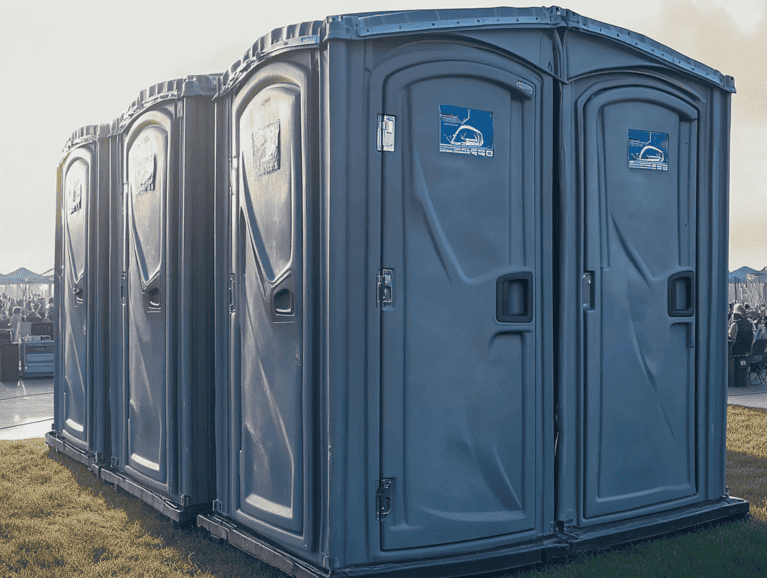
Planning an event or job site? Don’t forget something important: accessibility.
ADA portable toilets aren’t just bigger porta potties—they’re a legal must and a sign you actually care. From door width to grab bars, there’s more to it than you’d think.
Here’s a quick guide to ADA-compliant restrooms: what they are, how big they need to be, and where to place them.
Key Notes
- ADA portable toilets require 60-inch diameter and 32-inch doorways for wheelchair access.
- You must have at least one ADA unit for every 20 standard portable toilets.
- ADA units include grab bars, appropriate seat height, and non-slip flooring.
What is an ADA Restroom?
An ADA restroom is a portable or permanent toilet facility that meets the requirements of the Americans with Disabilities Act.
These units provide ample space for wheelchair users, feature grab bars for support, and meet specific ADA portable toilet dimensions for accessibility.
They’re different from standard handicapped portable toilets. While many handicap-accessible units offer more space than traditional models, they don’t always meet ADA wheelchair bathroom requirements.
An ADA-compliant porta potty must follow strict regulations, ensuring it is fully accessible for users with mobility challenges.
ADA Compliance & Regulations
Ensuring compliance isn't optional—it’s the law. The ADA commercial bathroom requirements outline what businesses and event organizers need to provide:
- Space Requirements: ADA porta potty dimensions must be at least 60 inches in diameter to allow a wheelchair to turn easily without assistance.
- Doorway Width: A wide entrance with a minimum width of 32 inches for easy entry and exit for individuals using mobility aids.
- Grab Bars: For users to safely transfer into the toilet, these must be at least 36 inches long and securely mounted on the walls.
- Toilet Seat Height: The seat should be between 17-19 inches from the ground. to accommodate easy transfer from wheelchairs to the seat.
- Flooring: Slip-resistant and stable surfaces to prevent accidents, especially in wet conditions.
- Sink & Faucet Accessibility: Must be lowered and operable with one hand, without tight grasping. Lever or touch-free faucets improve ease of use for those with limited dexterity.
Failing to meet these regulations can result in fines and legal action. Businesses must comply with how many ADA restrooms are required per location or event based on occupancy.
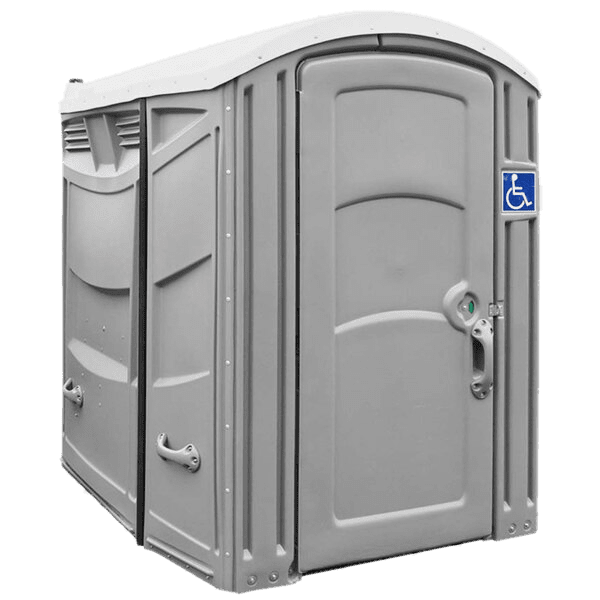
ADA Wheelchair Bathroom Requirements
Wheelchair-accessible restrooms need more than just space - they must allow independent use.
Here’s what matters most:
- Turning Radius: Users should be able to rotate 360 degrees inside.
- Entryway Accessibility: Ramps or flat-level entryways for easy access.
- Flush Controls: Must be positioned for easy reach from a seated position.
- Stall Layout: Enough clearance to maneuver alongside or in front of the toilet.
- Hand Dryer & Soap Placement: Within reach without overextending.
Size and Features of ADA Portable Toilets
A standard ADA-compliant porta potty is bigger, sturdier, and more accessible than a typical portable toilet.
Here’s how it compares:
| Feature | Standard Porta Potty | ADA Portable Toilet |
|---|---|---|
| Wide Door Width | ❌ | ✔ |
| Generous Interior Space | ❌ | ✔ |
| Grab Bars | ❌ | ✔ |
| Ground-Level Entry | ❌ | ✔ |
| Non-Slip Flooring | ❌ | ✔ |
Placement Considerations for ADA Portable Toilets
Setting up an ADA portable toilet isn’t just about meeting the dimensions. Its location is also important.
Here’s what to consider:
- Stable Ground – Place units on solid, flat surfaces to prevent tipping or instability.
- Proximity to Other Facilities – Keep ADA restrooms close to standard porta potties so users don’t have to travel far.
- Pathway Clearance – Ensure there’s a clear, obstacle-free route leading to the unit.
- Signage & Visibility – Mark accessible restrooms clearly with proper signage.
- Ratio of Units – The ADA requires at least 5% of public restrooms to be wheelchair accessible. Providing extra units ensures no one has to wait longer than necessary.
Benefits of ADA Portable Toilets
Beyond compliance, ADA portable restrooms provide real benefits:
Inclusivity & Accessibility
They ensure everyone can use the facilities, no matter their mobility level. This allows individuals with disabilities to participate fully in events or activities without limitations.
Better User Experience
More space, grab bars, and handicap accessible toilet features make a difference. Users feel more comfortable and secure, enhancing their overall experience.
Legal Protection
Avoid fines, lawsuits, and complaints by meeting ADA standards.
Proactively complying with regulations helps businesses maintain a positive reputation and avoid costly penalties.
Positive Public Perception
Businesses and event organizers who provide ADA-compliant porta potties show they care about accessibility. This commitment can enhance brand image and customer loyalty, attracting a broader audience.
Need ADA Units That Meet The Standards?
We make compliance simple—no guesswork, no corner-cutting
Frequently Asked Questions
How many ADA restrooms are required for an event?
The ADA requires at least one wheelchair-accessible restroom for every 20 standard portable toilets. Local laws may demand more, so check regulations before finalizing your setup.
What does an ADA-compliant toilet mean?
An ADA-compliant toilet meets the accessibility standards set by the Americans with Disabilities Act (ADA), including specific size, height, and usability requirements for wheelchair users.
What are the ADA porta potty dimensions?
An ADA porta potty must be at least 60 inches wide, have a 32-inch door width, and include enough space for a full wheelchair turn inside.
Conclusion
ADA portable toilets aren’t just about ticking compliance boxes—they’re a visible commitment to inclusion, safety, and respect.
From door width and grab bars to proper placement and surface stability, every detail plays a role in making sure all guests feel considered.
And here’s something most people overlook: accessible restrooms don’t just serve those with disabilities. They’re often the preferred choice for parents with young kids, older adults, or anyone needing a bit more space and security.
If you’re planning an event or job site and want to get it right from the ground up, reach out for a free quote today.
